The ’60s and ’70s were a transformative era, marked by countercultural movements that embraced peace, love, and freedom. Known for their unconventional lifestyles, hippies became icons of rebellion and change. This list explores thirteen quintessential aspects that defined a true hippie during these vibrant decades, capturing the essence of a generation that dared to dream differently.
1. Tie-Dye Clothing
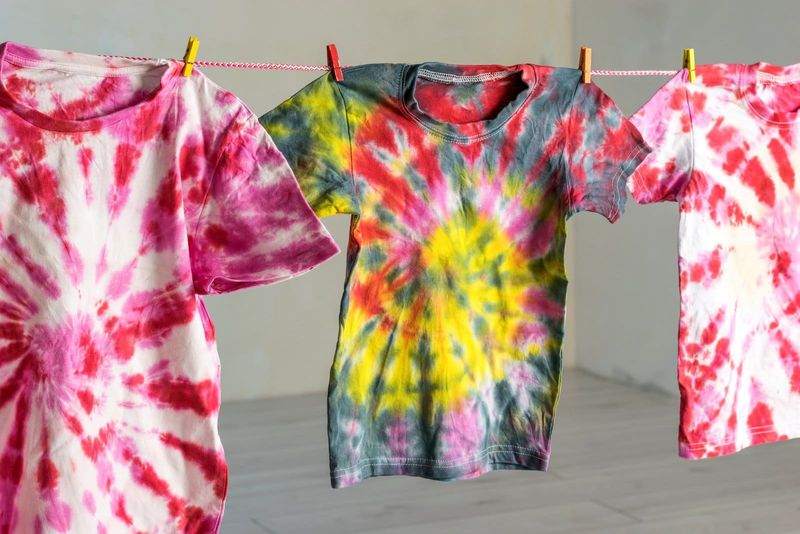
The swirl of colors speaks louder than words. Tie-dye clothing wasn’t just a fashion statement in the ’60s and ’70s; it was a vibrant declaration of individuality. Each piece was a unique canvas, often created at home with love and patience.
This DIY approach was a hallmark of the era, as hippies sought to express their creativity and rejection of mass-produced goods. Tie-dye became synonymous with peace and love, reflecting the colorful and carefree spirit of the age.
With its kaleidoscope of colors, tie-dye remains a symbol of freedom and nonconformity.
2. Flower Power
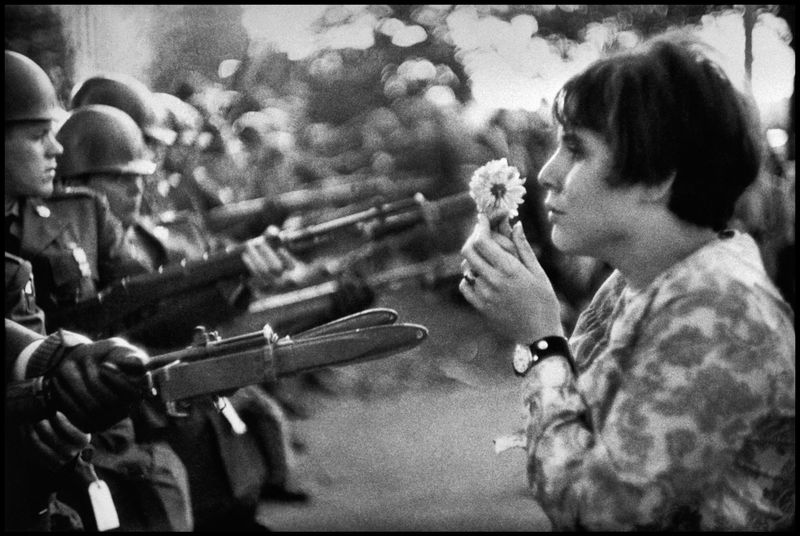
Imagine a world where flowers spoke of peace and harmony. Flower Power was more than just a slogan; it was a powerful symbol of the hippie movement. Wearing flowers in your hair or clothing signified a connection to nature and a rejection of materialism.
This movement embraced the simplicity and beauty of the natural world, advocating for love and nonviolence. From protests to festivals, the flower became a universal emblem of hope and change.
Even today, the essence of Flower Power continues to inspire those who seek a gentler existence.
3. Bell-Bottom Jeans
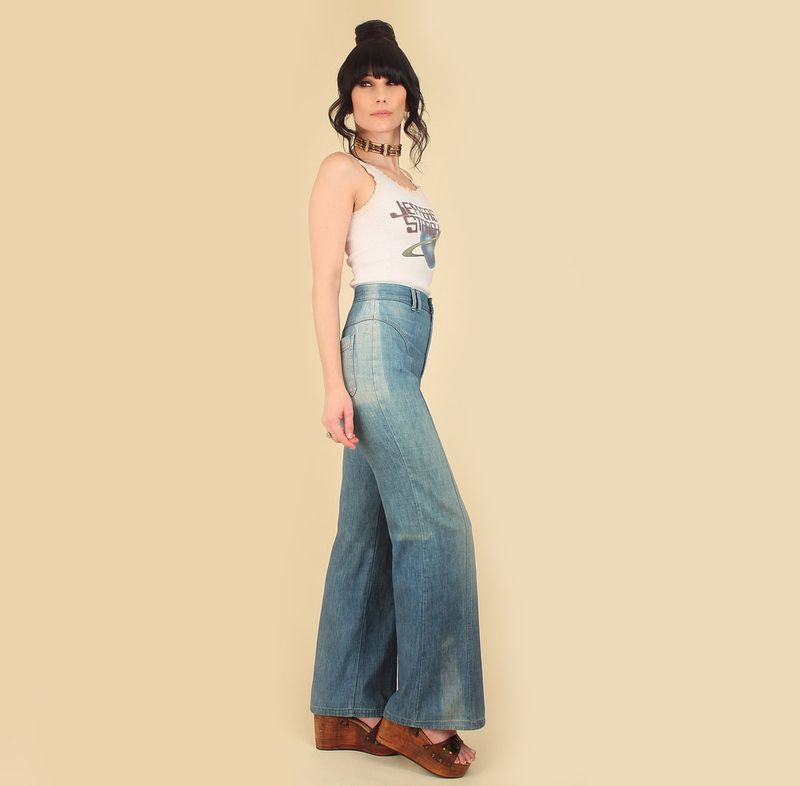
The unmistakable flare of bell-bottom jeans redefined fashion. These wide-legged pants became a staple for anyone wanting to make a statement in the ’60s and ’70s.
Originally worn by sailors, bell-bottoms were adopted by hippies for their unique style and comfort. Often paired with platform shoes or sandals, they offered a perfect blend of practicality and flair for dancing the night away.
Bell-bottoms symbolized rebellion against conventional fashion, embodying the spirit of freedom and creativity that defined the era.
4. Peace Signs
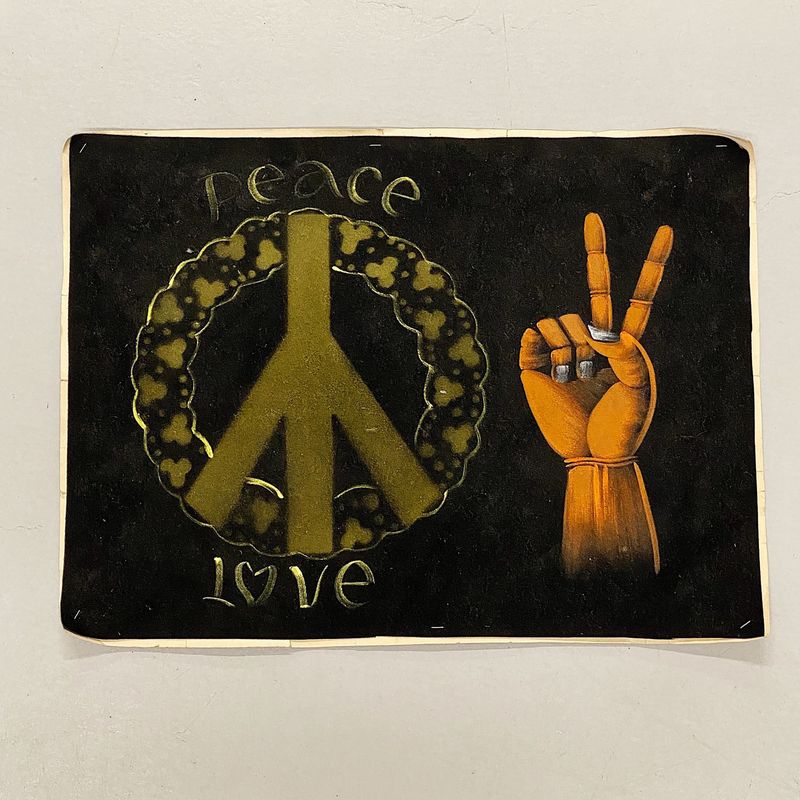
Peace, peace, and more peace! The peace sign became the quintessential symbol for hippies, representing a universal desire for harmony. This simple yet powerful emblem was seen everywhere—from jewelry to graffiti, and even on bodies as tattoos.
The peace sign transcended borders, uniting people across continents in their quest for a more compassionate world. It was often flashed as a hand gesture during rallies and gatherings, encapsulating the hippie ethos in a single motion.
As relevant today as it was then, the peace sign continues to be a beacon of hope.
5. Psychedelic Music
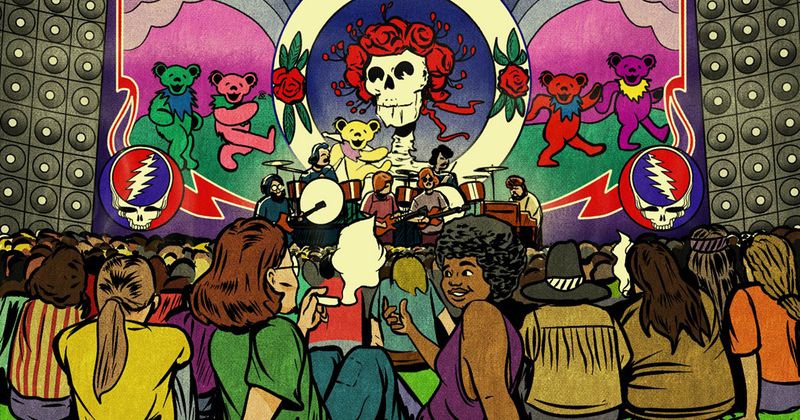
Let the music take you higher. Psychedelic music transformed the soundscape of the ’60s and ’70s, offering an auditory journey into the surreal. Bands like The Grateful Dead and Pink Floyd used experimental sounds and lyrics to transport listeners into new dimensions.
The genre was characterized by its use of electric instruments, elaborate studio effects, and philosophical lyrics. Concerts were immersive experiences, often enhanced with light shows that mirrored the music’s kaleidoscopic nature.
Psychedelic music was more than just sound; it was a movement that challenged reality.
6. Communal Living
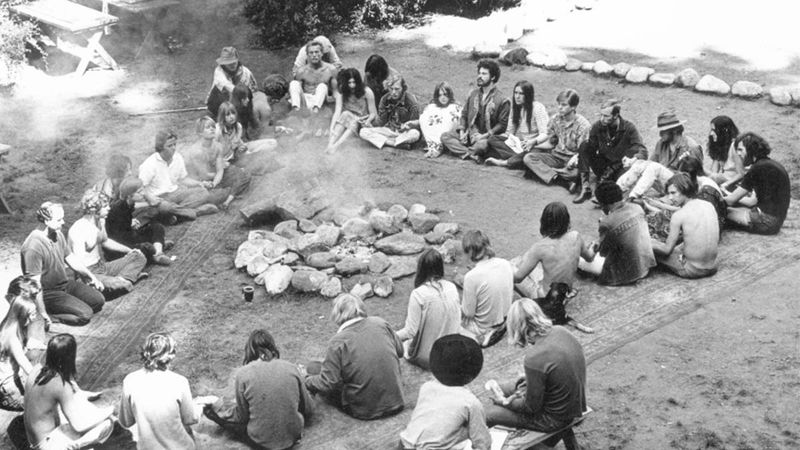
Why live alone when you can share everything? Communal living captured the essence of hippie values by promoting cooperation and shared resources. These intentional communities were havens for those who sought to escape the rat race and live more sustainably.
Often located in rural settings, communes embraced organic farming, shared responsibilities, and collective decision-making. They fostered a sense of unity and belonging among members, with a focus on mutual support.
Though not as common today, the spirit of communal living continues to inspire alternative lifestyles.
7. Woodstock Festival
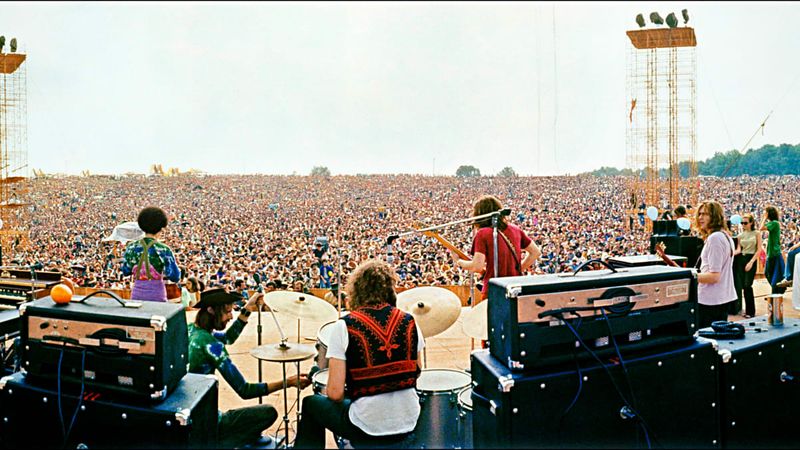
Few events encapsulate the hippie spirit like Woodstock. Held in 1969, this legendary music festival was a gathering of thousands who came together for three days of peace, love, and music.
Woodstock was more than a concert; it was a cultural milestone that brought together iconic artists like Jimi Hendrix and Janis Joplin. The festival’s success, despite logistical challenges, highlighted the power of community and the desire for a harmonious world.
Woodstock remains a symbol of the era, celebrated for its spirit of unity and freedom.
8. Eastern Philosophy
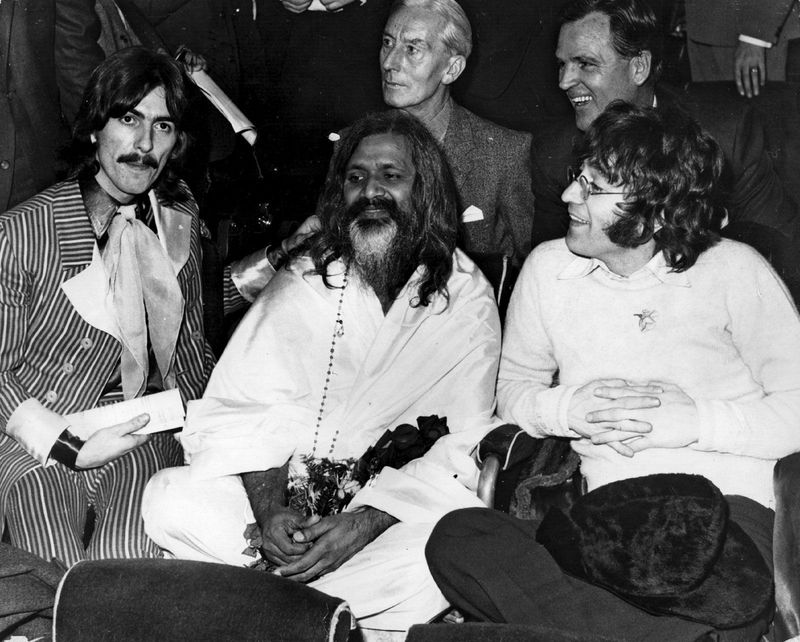
The search for enlightenment led many hippies to explore Eastern philosophies. Practices such as meditation, yoga, and alternative spirituality became popular as people sought inner peace and a deeper understanding of life.
Influenced by traditions from India and China, these philosophies offered a path to personal growth that emphasized mindfulness and compassion. For many, the blend of Eastern wisdom with Western ideals provided a fresh perspective on existence.
The impact of Eastern philosophy endures today, promoting a global approach to well-being.
9. Anti-War Protests
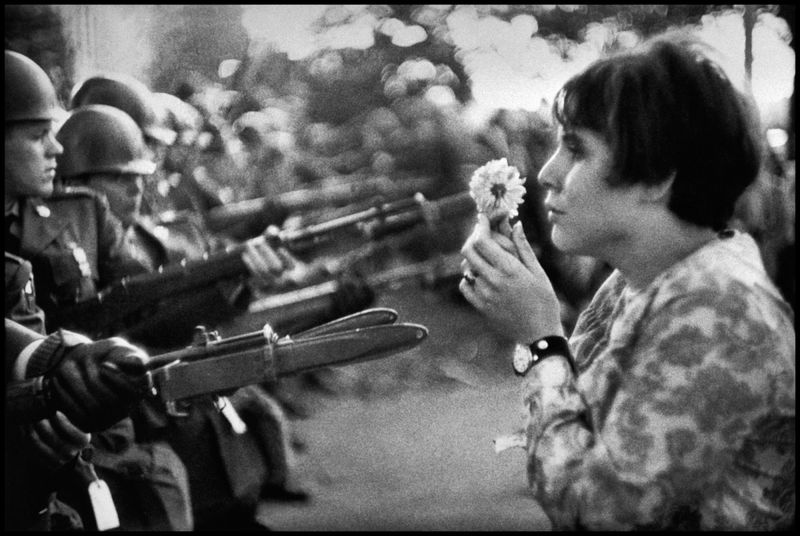
War is not the answer. The anti-war movement was a defining feature of the hippie era, with passionate protests against military conflicts, particularly the Vietnam War.
Hippies and activists united in marches and demonstrations, advocating for peace and questioning government policies. These protests were often accompanied by music and speeches that inspired change and solidarity.
The movement left a lasting legacy, highlighting the power of collective voice and the enduring quest for peace and justice.
10. Organic Foods
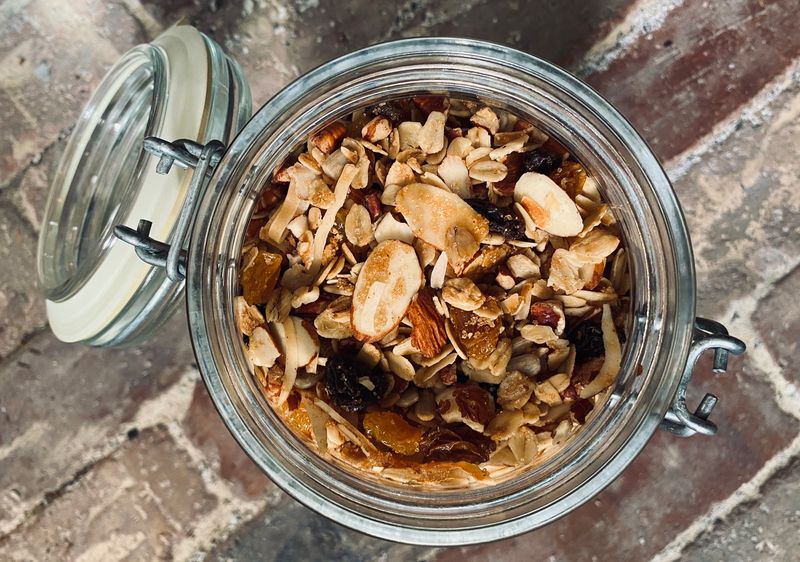
Eating close to nature was a delicious revolution. The rise of organic foods was embraced by hippies who prioritized health and environmental sustainability. By choosing to grow their own produce or buy from local farmers, they rejected processed foods.
This movement laid the groundwork for today’s organic industry, emphasizing natural farming practices without harmful chemicals. It was a return to simpler times, where food was celebrated for its purity and taste.
The legacy of organic food continues to grow, nourishing both body and spirit.
11. Volkswagen Bus
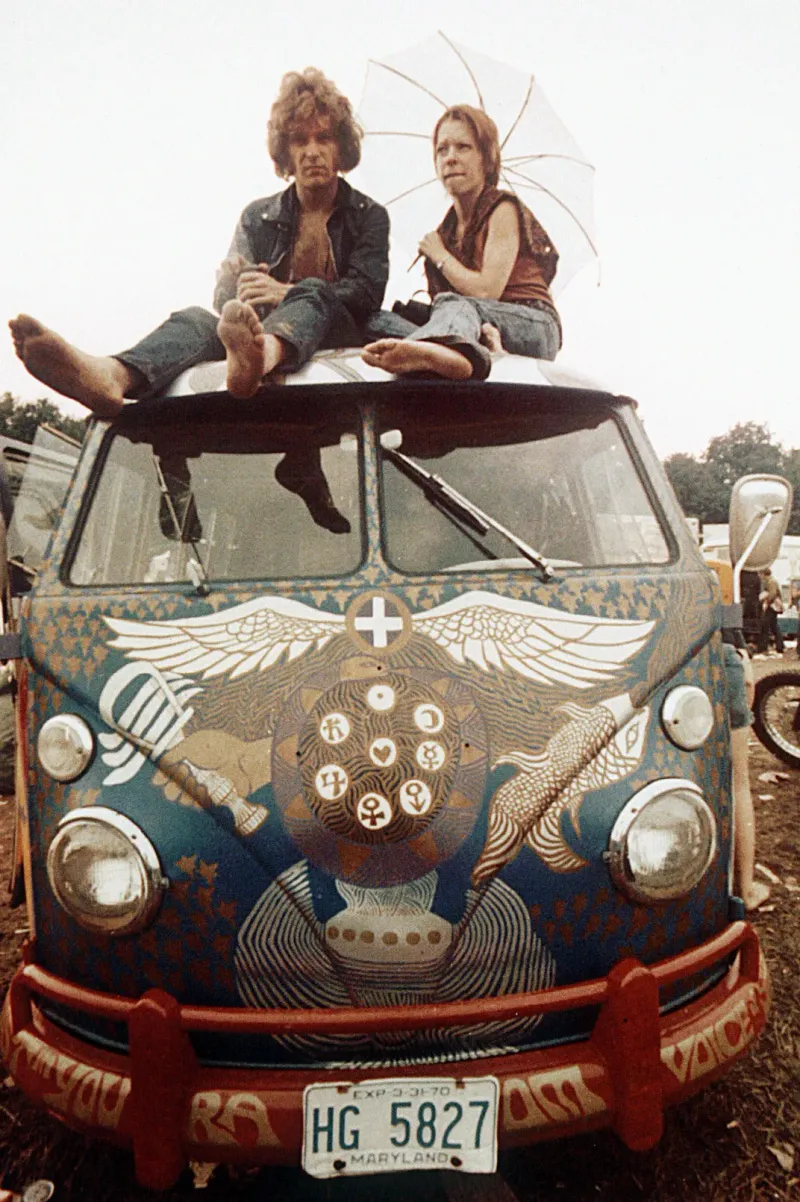
Hit the road in style. The Volkswagen bus, with its iconic design, became the vehicle of choice for many hippies. Its spacious interior was perfect for road trips, festivals, and impromptu gatherings.
More than just transportation, the VW bus symbolized freedom and adventure, often adorned with vibrant artwork that reflected its owner’s personality. It was as much a part of the journey as the destination.
Today, the Volkswagen bus remains a beloved icon, evoking memories of exploration and carefree living.
12. Beaded Jewelry
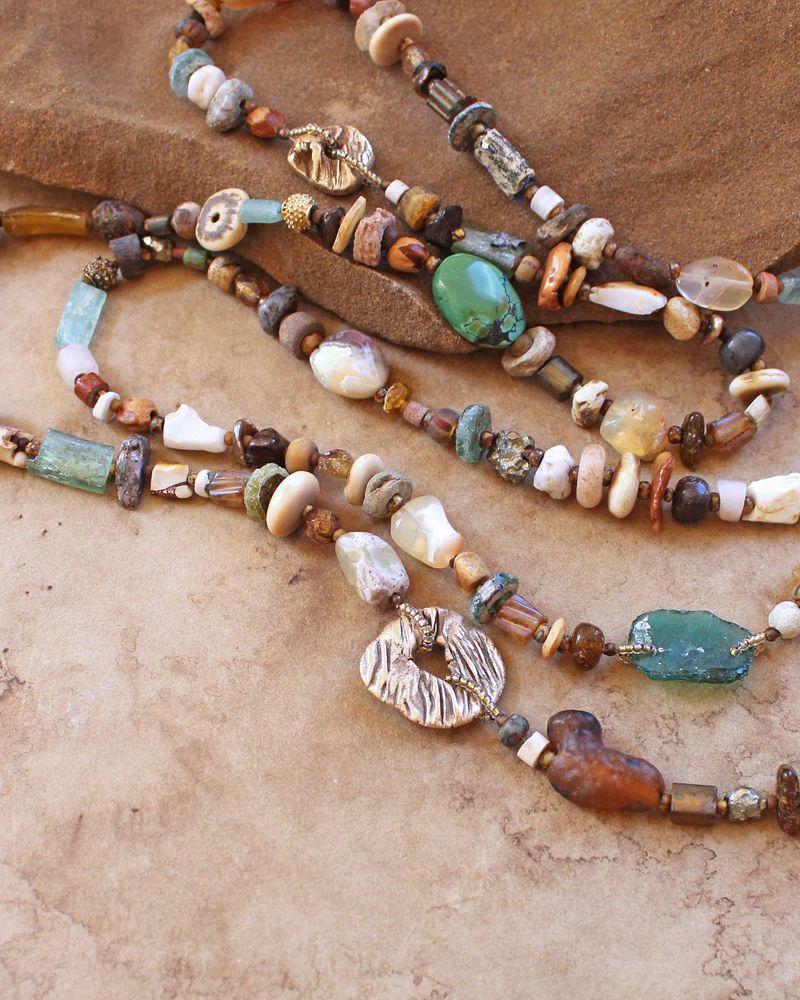
Crafted with care and creativity, beaded jewelry was a staple of hippie fashion. These handmade pieces, often given as gifts, symbolized friendship and individuality.
Each bead told a story, with vibrant colors and patterns that were as unique as the wearer. The process of making beaded jewelry was meditative and communal, often shared among friends.
Beaded jewelry remains an expression of style and sentiment, cherished for its artistry and personal connection.
13. Vinyl Records
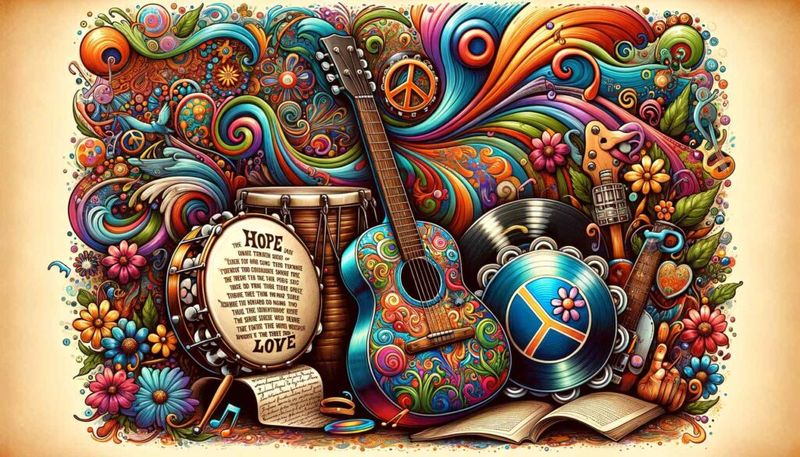
Spin the record and let nostalgia flow. Vinyl records were the heartbeat of the hippie era, capturing the soul of music with their warm, analog sound.
Collecting records was a passion, with iconic albums becoming treasured possessions. Listening to music was an experience, often shared with friends, as the needle danced over the grooves.
Vinyl’s resurgence today echoes the timeless appeal of those crackling melodies, a tribute to an era that cherished the authentic and the soulful.
Hi all, I am Sidney, an accountant, a hobbyist photographer, and a mother to two sweet girls who are my motivation. I love sharing the tips and tricks I gained all these years I’ve been a mother. I hope it will help you!

